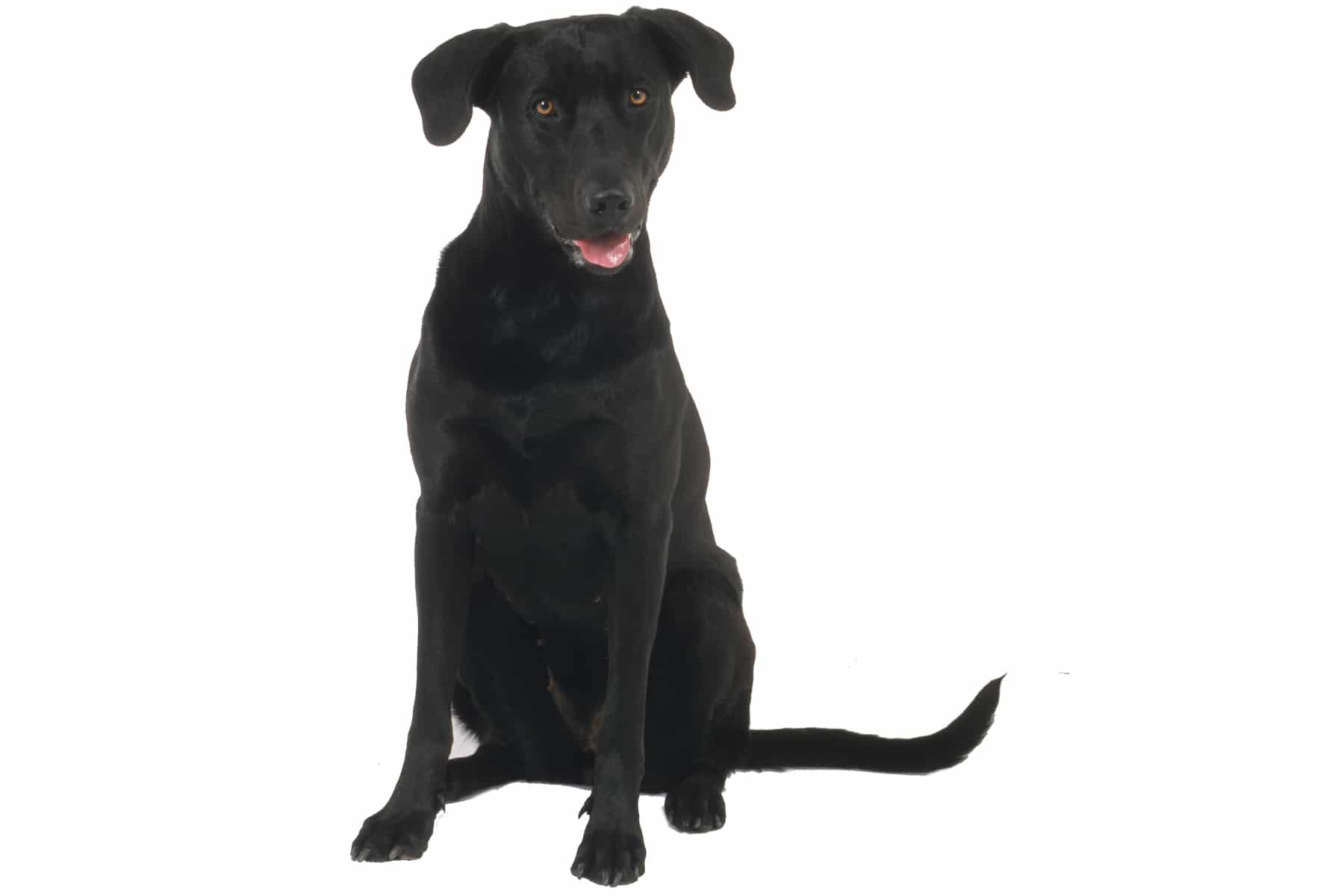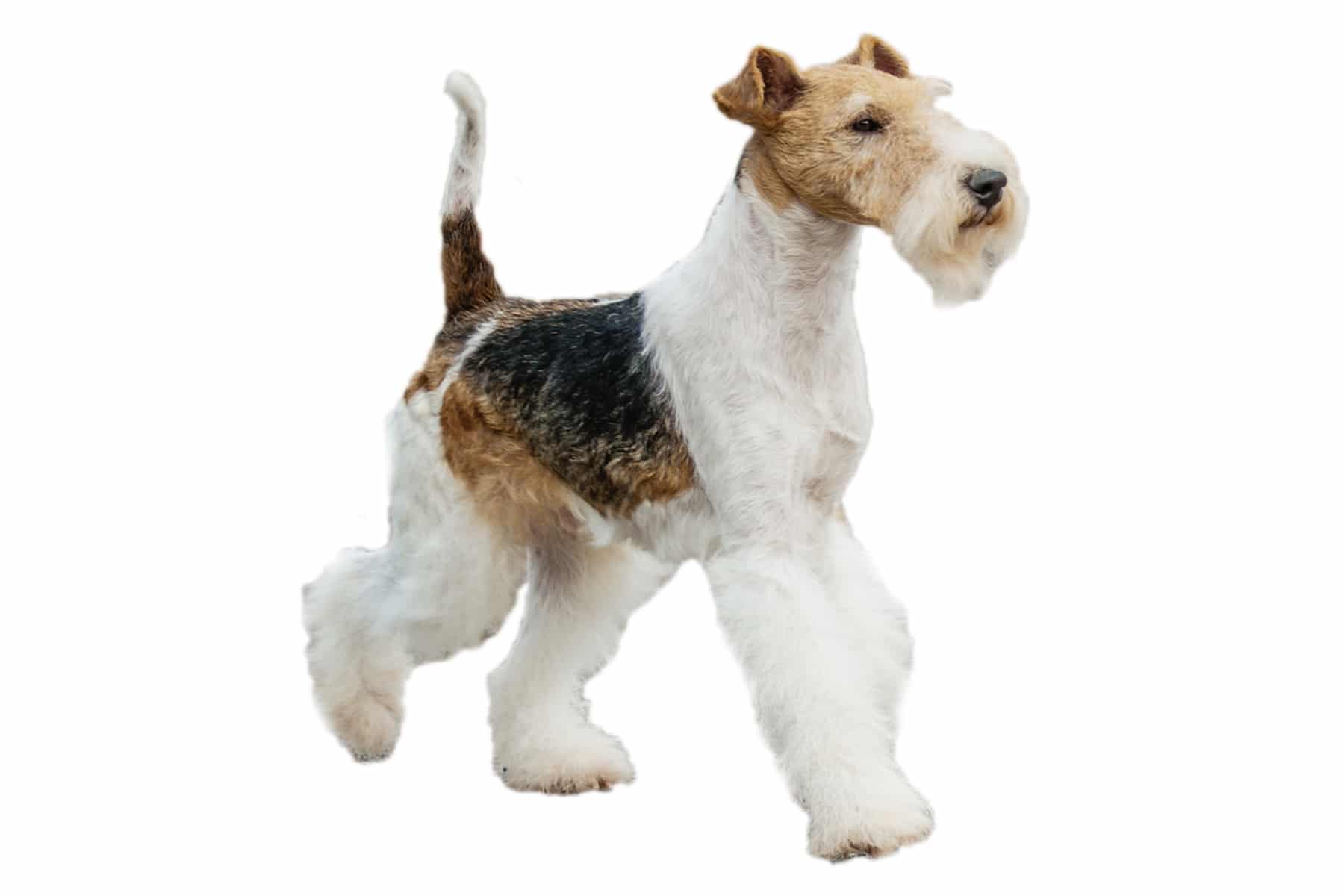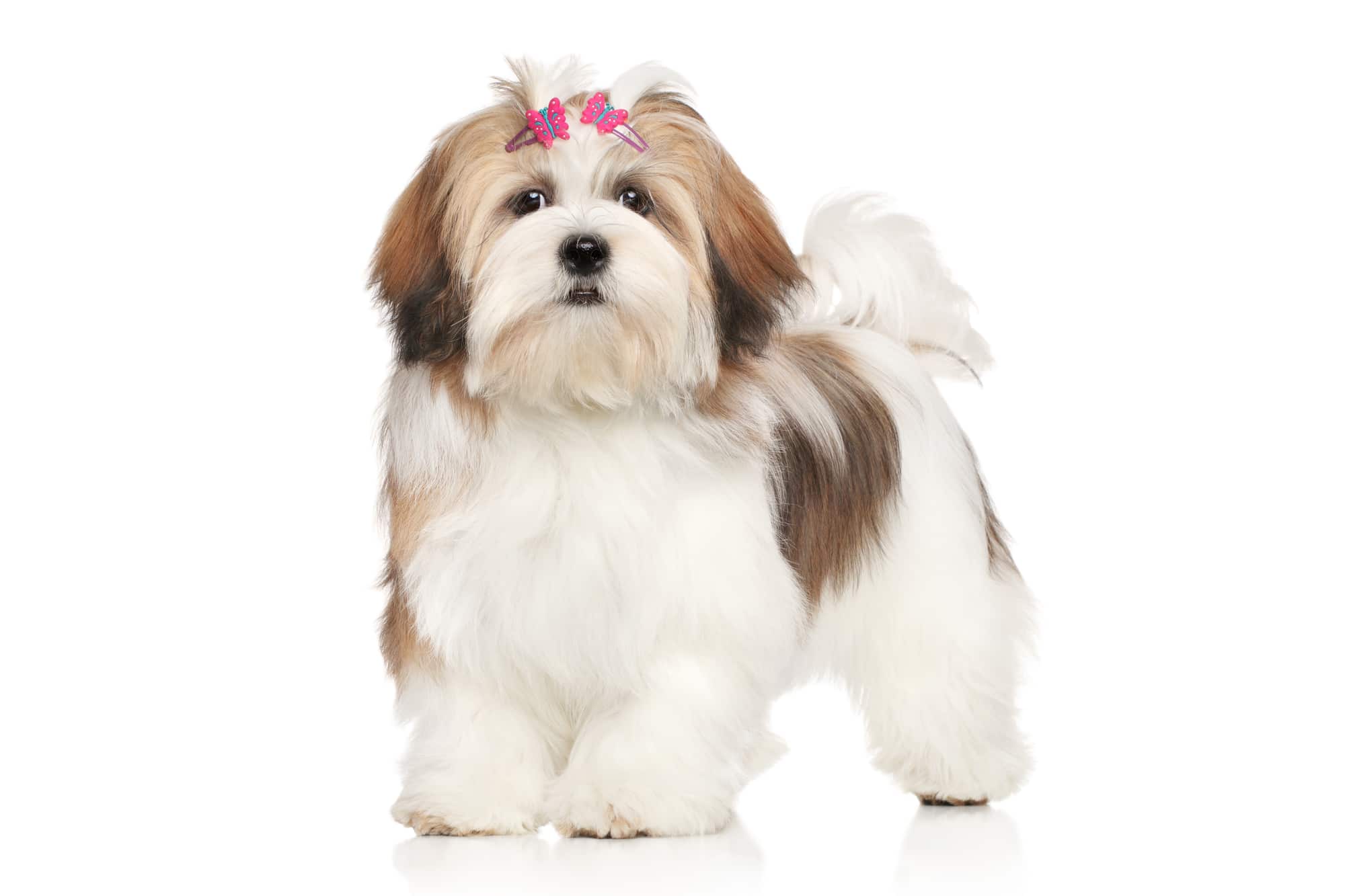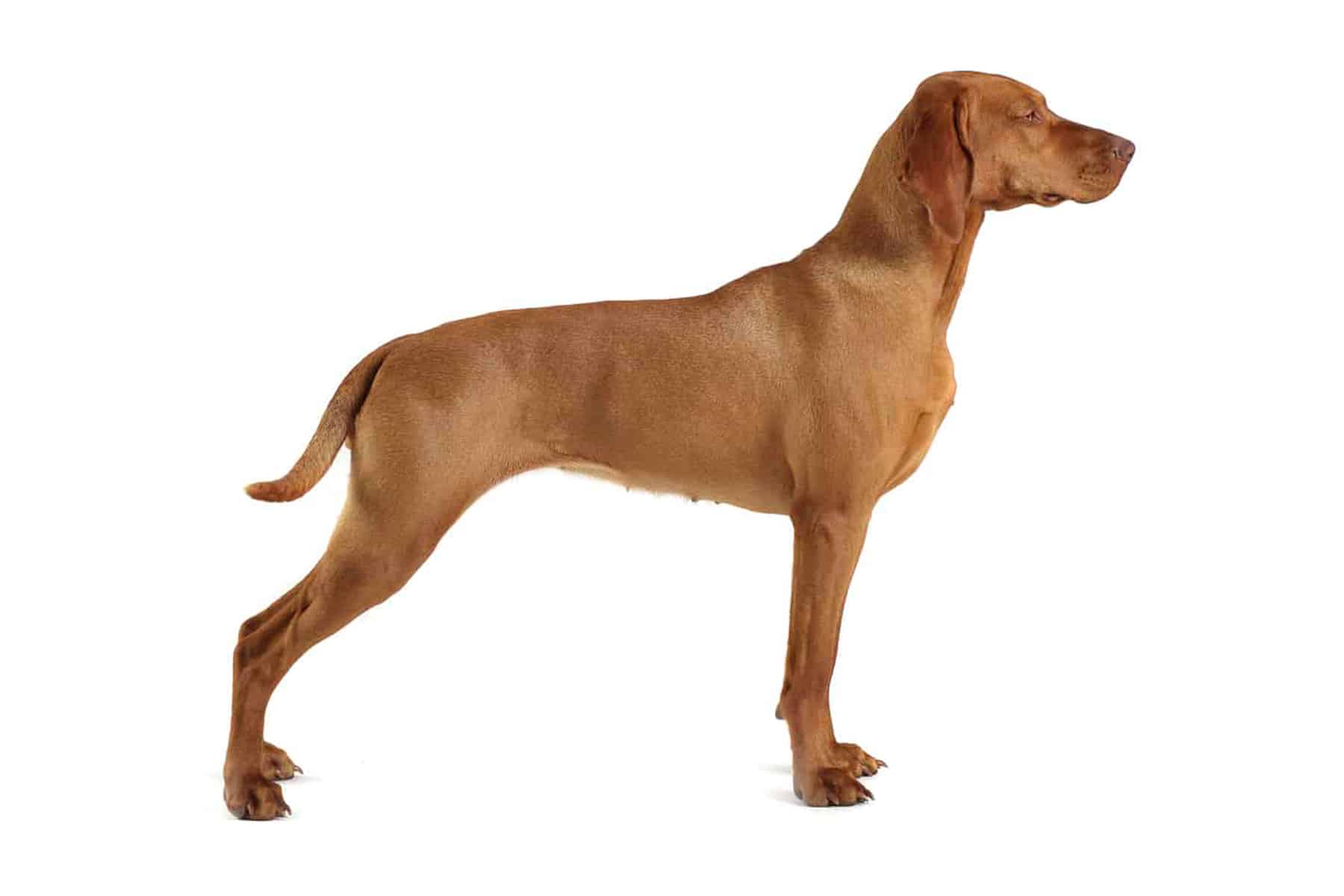Borzoi
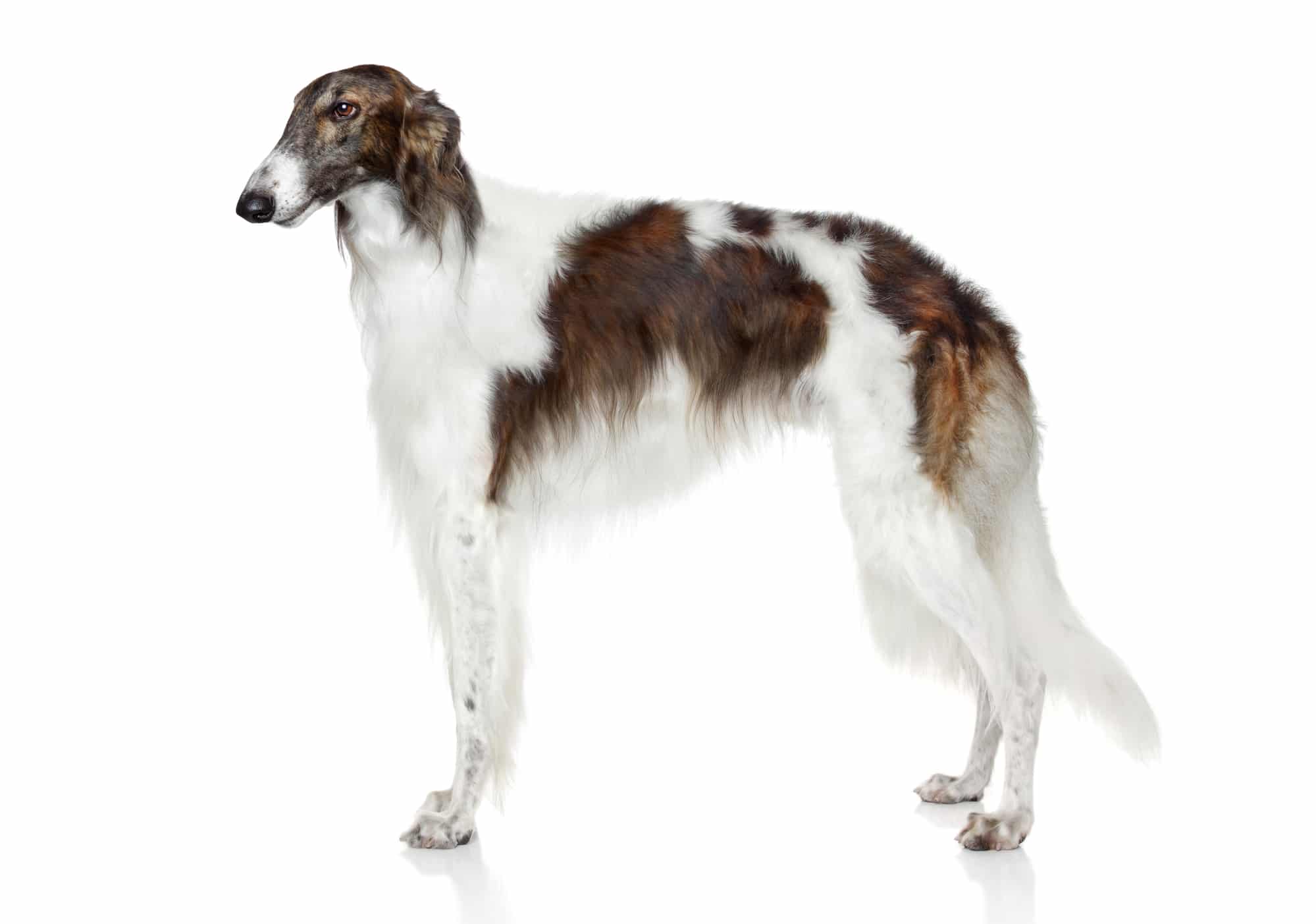
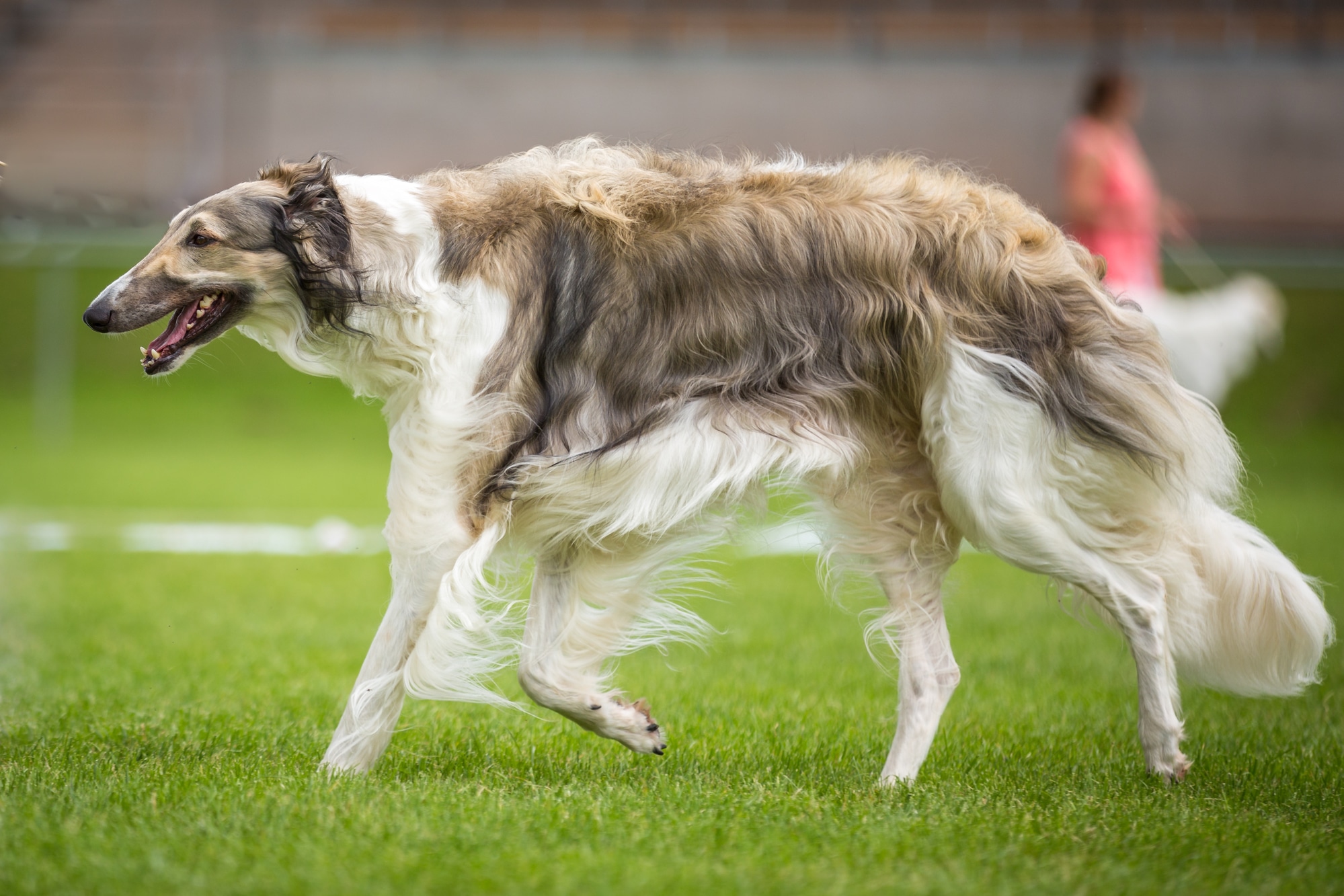
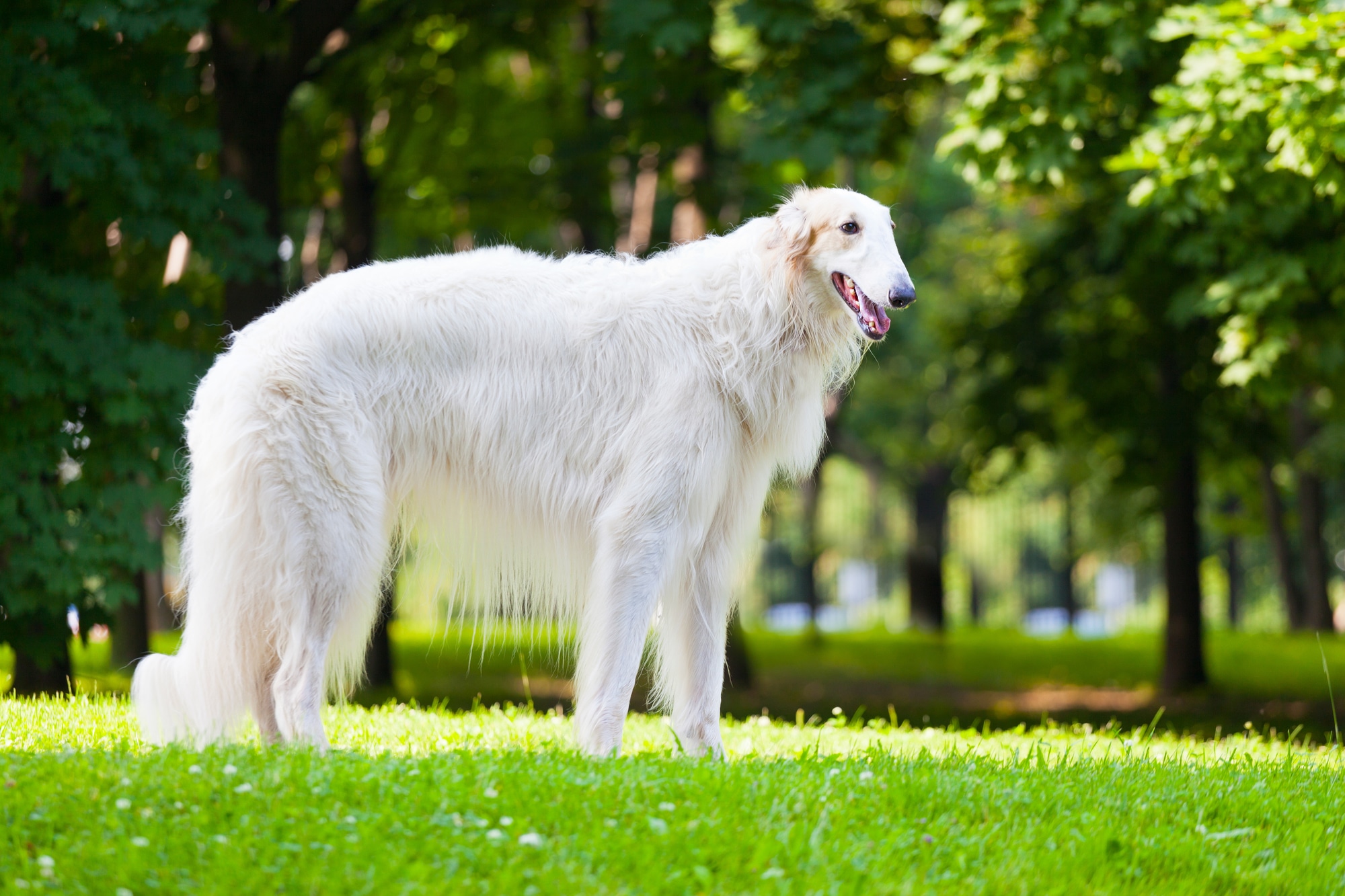
Temperament:
The borzoi is a proud and noble sighthound that needs plenty of exercise and freedom. It is one of the fastest animals in the world. Its urge to move is correspondingly great. Nevertheless, they are calm and gentle creatures that are well suited as family dogs. The borzoi is a perfect blend of proud appearance and well-mannered temperament.
Characteristics
The borzoi is one of the most elegant sighthounds. An adult borzoi reaches a shoulder height of at least 75 cm and weighs between 34 and 47 kg. Females are somewhat smaller and weigh less.
Beneath its silky, fine coat lies a true sighthound. It has a strong build with elongated, strong bones, but is by no means bulky. The borzoi used to be known as the Russian wolfhound. They were bred for hunting by the Russian aristocracy.
Borzoi are described as very calm, but also cat-like. In their own way, they can be very stubborn. The best way to train your borzoi is therefore with a lot of patience, consistency and a good dose of good humor. And, of course, treat them with love.
They are well suited as a family dog. They are not interested in scuffles or the like. However, the sight of a cat or squirrel awakens their instinct to chase. A fenced run is therefore an advantage, if not a must.
An early start with so-called puppy schools is highly recommended for Borzoi. This is because this dog is very shy and needs to be socialized as a puppy. It is afraid of strangers. However, if the puppy has positive experiences with different people, places and situations, it can develop into a well-adjusted adult dog.
Borzoi are intelligent. They are very affectionate towards their owners and people who know them well. However, they also demand a certain amount of independence. Sometimes they can be very stubborn. This makes training them a real challenge. Patience, gentleness and consistency are required from the owner.
All in all, a borzoi is a well-behaved companion. Just remember that borzoi were primarily bred to hunt. Any small running animal can trigger this reaction in your borzoi. That's why it should always be kept on a lead when out walking.
Coat care:
Shedding:
Energy level:
Trainability:
Children suitable:
The right food
Surprisingly, borzoi tend to eat less than one would expect due to their size.
The food must be of good quality. Regardless of whether it is commercially produced wet or dry food or whether you prepare it yourself with the help of a nutritionist. The basic rule is that the food must be adapted to the age, size and activity level of your four-legged friend.
Borzoi also often tend to be overweight. Therefore, pay close attention to your dog's calorie consumption and weight development. Clean, fresh drinking water should always be available.
Dog lovers know: Treats are a great support when training dogs. However, too many treats lead to obesity. That's why you should use treats sparingly and take them into account when calculating your dog's daily food requirements. This will help you avoid weight problems.
Health & Care
Borzoi require intensive grooming. Regular brushing with a pin brush removes loose or dead hair and dirt. It is recommended to do this daily. Instead of a pin brush, you can also use a dog comb brush.
About once a year, the borzoi sheds more fur than usual for a few weeks. During this time, it needs to be brushed or combed more frequently. Regular washing keeps the borzoi nice and clean and its coat optimally groomed.
As with all breeds, the claws must be trimmed regularly. The borzoi's ears should also be checked regularly.
As with most large dog breeds, borzoi are at risk of stomach torsion. For this reason, you should not take him for long, strenuous walks before and after feeding.
Suitable accessories
The Borzoi is a graceful and very athletic dog. If he gets enough exercise, he is also very suitable as a house dog. A large, securely fenced property where he can really let off steam would be ideal for him.
Borzoi are sighthounds. That's why they chase anything that moves. They should therefore always be kept in a closed enclosure. If this is not possible, a borzoi should always be kept on a lead. A good lead is therefore the most important accessory for your borzoi. A sturdy collar or harness that fits your dog's body is also essential.
As with other dogs, the basic equipment includes a food and water bowl, a dog mat, a transport box, a brush and a comb.
Borzoi are sociable animals that need close contact with their owners to feel comfortable. That's why it's good to be active with them. This helps to satisfy their urge to move. Dog sports are one option. But the borzoi also likes to be your companion when cycling or jogging. Retrieving toys are recommended.
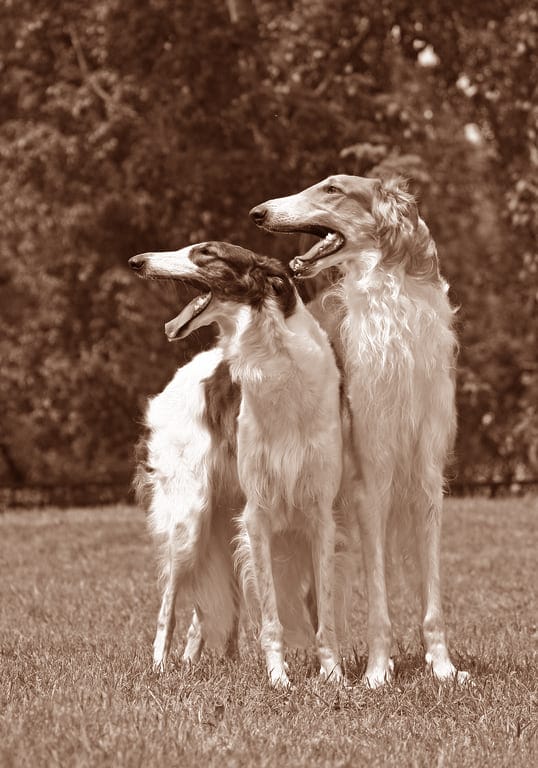
Origin & History
During the reign of the Romanovs in Russia, wolf hunting was one of the aristocracy's greatest passions. The nobles organized ritual hunts on their vast estates, often involving hundreds of borzoi. These traditional hunts then ended with a feast for the lord of the manor.
Among the many famous personalities who were fascinated by this breed of dog was the writer Tolstoy, who immortalized these hunts in his work War and Peace.
The Borzoi was an integral part of Russian culture and history until the Russian Revolution. A French chronicle from the 11th century reports that the daughter Anna of the Grand Duke of Kiev, who came to France to marry Henry I, had three Borzoi in her retinue. Ivan the Terrible, Peter the Great, Nicholas II, Pushkin and Turgenev were also enraptured by this breed.
With the Russian Revolution and the fall of the aristocracy, the Borzoi - like other breeds - came under threat. However, the breed was already so famous that long before the revolution, dog breeders from England and the USA had begun to import the breed and breed it locally. The continued breeding of this breed outside Russia thus prevented its extinction.
In the USA, the breed was called the Russian Wolfhound until 1936. After long discussions, it was finally given the name Borzoi, which is derived from the Russian word borzyi and means "fast".
The breed has been finally recognized by the FCI since 1956.
